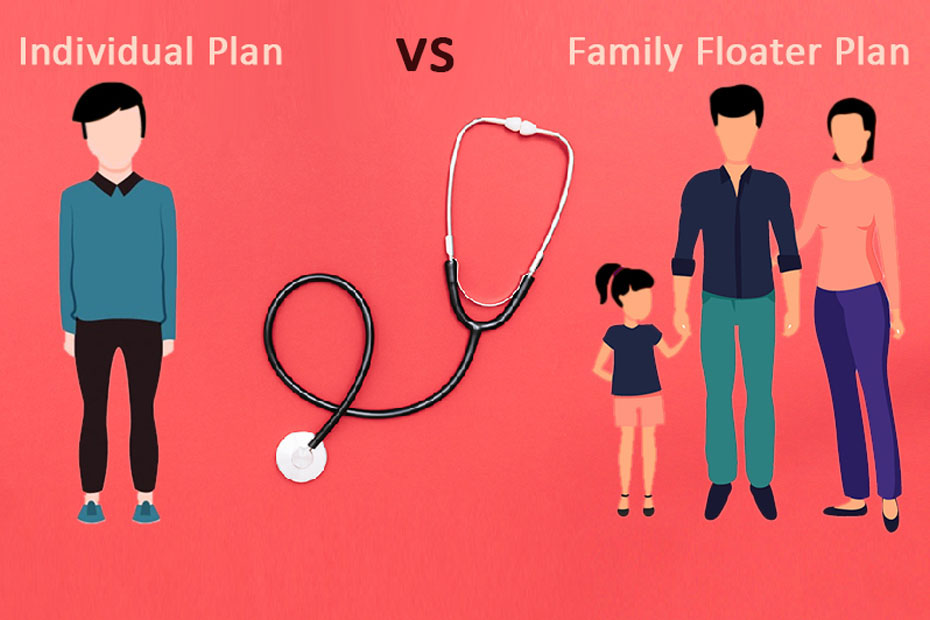Individual and Family Health Insurance Rates – How Do They Compare?
Are you searching for affordable, quality health insurance? Are you tired of dealing with insurance brokers who keep on changing their rates without warning? If you are ready to find insurance that is right for you and your family, read this article. In this article we will discuss the benefits of purchasing a private, short-term health care insurance policy instead of joining the herd of other people filing for Medi-Cal insurance coverage. We will also discuss some interesting facts about insurance health care costs and how they have been going down, despite the fact that there has been no genuine health care reform legislation in place.
Most insurance companies have changed the way they calculate premiums for health care policies. The traditional way was to multiply the person’s age plus their annual salary times the monthly projected income. For instance, if an individual was a 35 year old with a yearly salary of $40,000, and had a deductible of just one thousand dollars, their annual health insurance premiums would be at an affordable rate of just under ten percent of the annual income. But if the person were to get insured at the equivalent of a silver dollar deductible, their premium payments would increase to just over forty percent of the annual income. This represents a dramatic decrease in cost for most families and individuals. However, the types of policies that are now available offer far more choices and a much wider range of coverage than the policies from just a few years ago.
Some insurance companies have reduced the rates for both their individual and group plans by increasing the copays and deductibles for preventive care. For example, a family policy can now cover the costs of the primary care visits for children up to the age of twenty-five; the amount of the copays and deductible have been increased by approximately fifty percent. Coverage for chiropractic visits for all members of the family has also been expanded. The primary care physicians’ office is no longer required to be part of the Medi-Cal program, and the maximum out-of-pocket expenses for chiropractic visits for family members has been increased. These changes are only now starting to take effect in California.
In addition, some insurance companies have implemented “tiered” rates for their individual and family health insurance plans. The most common “tiered” rate plan involves a deductible that begins at a low level and increases according to the cost of visits to the primary care physician. For example, a family plan with a silver surcharge for primary care visits after the deductible has been met would require a lower monthly premium than a similar plan with no deductible and a higher monthly premium. ” tiers ” allow an individual to choose the level of deductible he or she wants. In addition, the costs for specialists’ visits are often tax deductible for the covered individual.
For individuals, “tier one” drugs, such as the antibacterial agents Cephalosporins and Streptococcus, are not covered after the deductible has been met for primary care visits. However, if secondary treatment is necessary, copays for those costs are included. For those with an HMO contract, the copays for services received are subject to change based on a number of factors. For instance, the copay may increase each year based on the number of days the patient spends in the hospital or his or her primary care physician.
One factor influencing individual copays for outpatient care is the “family deductible.” The family deductible is a percentage of the total visit cost that is paid by the insured. Usually, the greater the family deductible the lower the monthly premium for the individual deductible. ” tier one ” drugs and ” tier two ” drugs are excluded from the family deductible. These ” tier one ” drugs are considered “confounding” – they will not be covered by the family deductible, even though the individual deductible was met. This means that the individual deductible will need to be met for the full amount of the prescribed drug’s cost.
Some providers base their insurance rates on their projected cost for “agic,” which is the most common “classified” category in an HMO contract. ( classify means the policyholder is granted a pre-qualification for a particular service without having to submit an application.) (Note: Many medical “specialists” consider “agic” to be a subset of medical problems and usually do not include it within their insurance policies.) Monthly premiums for “agic” policies are often less than those charged for “classified” policies because of the large volume of claims for this “type” of medical problem. Other insurance companies use “usual” deductibles. Examples of this type of deductible are “child” policies and “other” policies.
Although health insurance rates are based on risk factors, both age and gender affect them. Insurance companies offer several “risk” categories that are typically more expensive for individuals than they are for families. Insurance companies use these categories to calculate their insurance rates. Therefore, young men may pay more for the same insurance cover that a young woman would.



